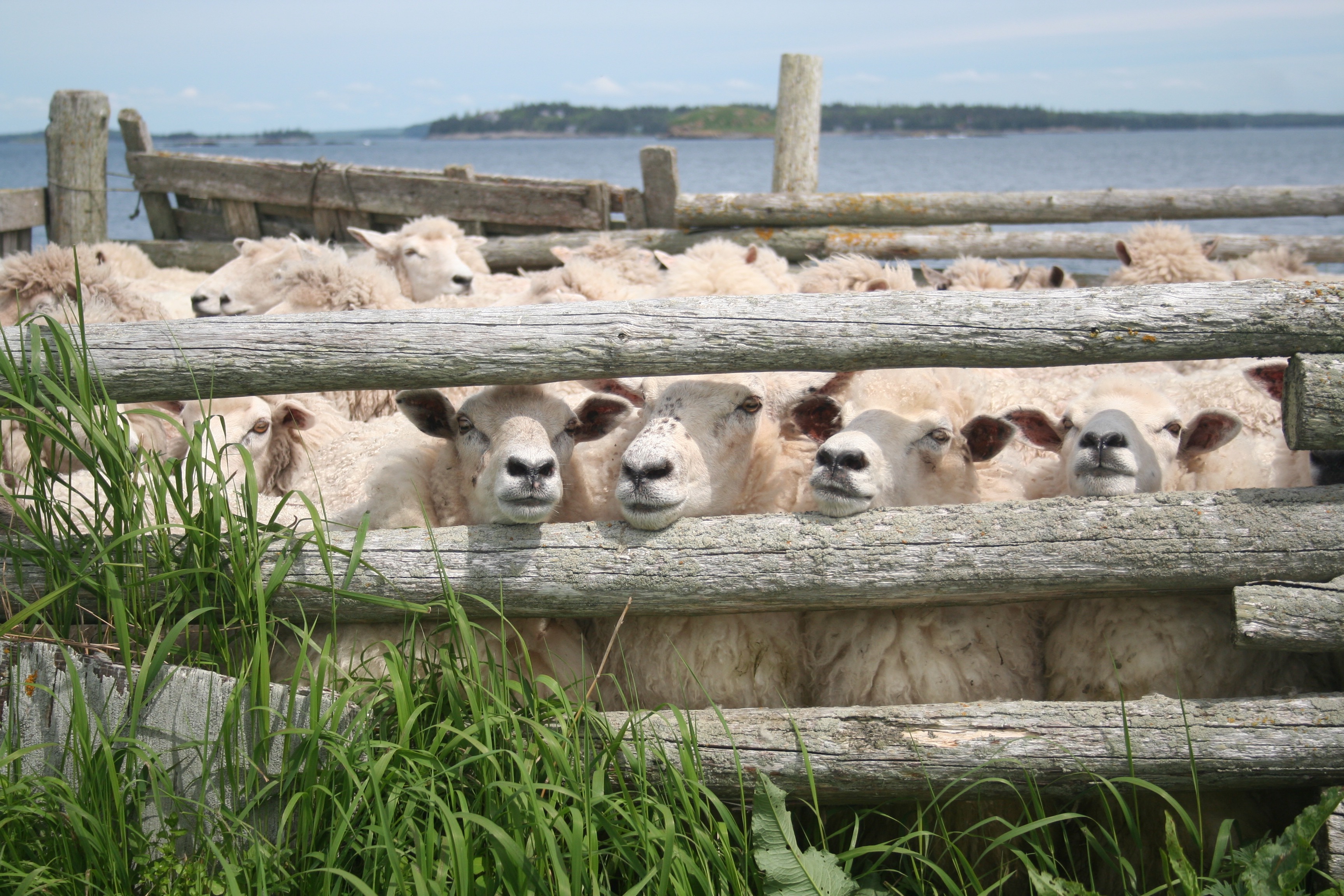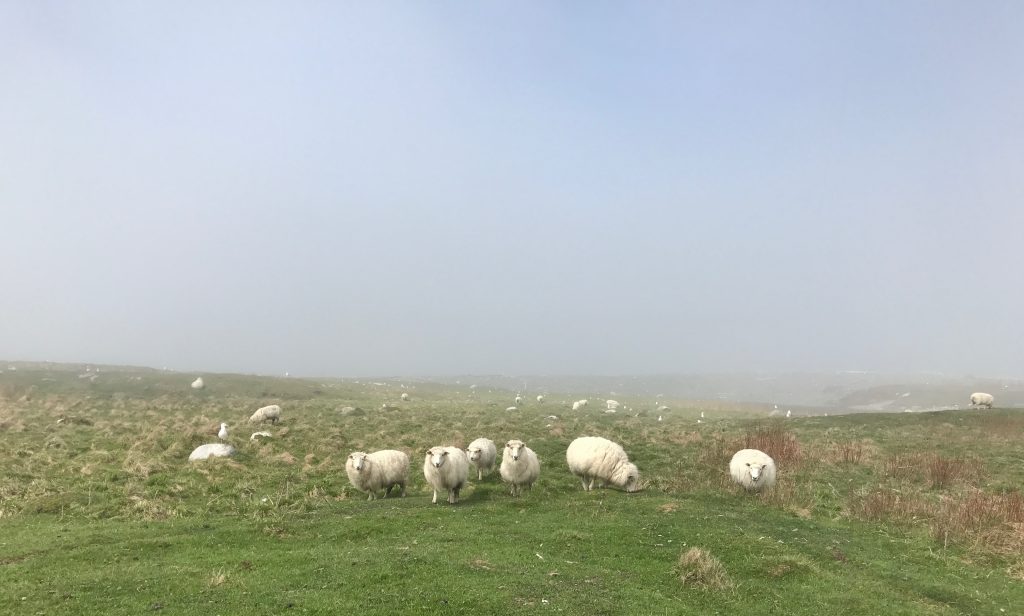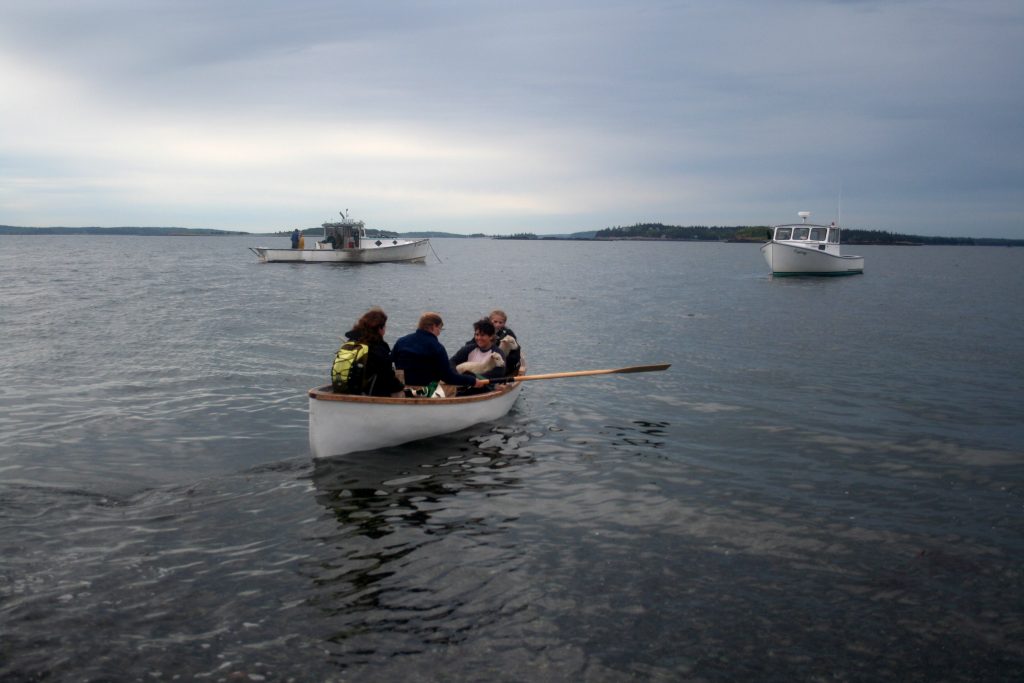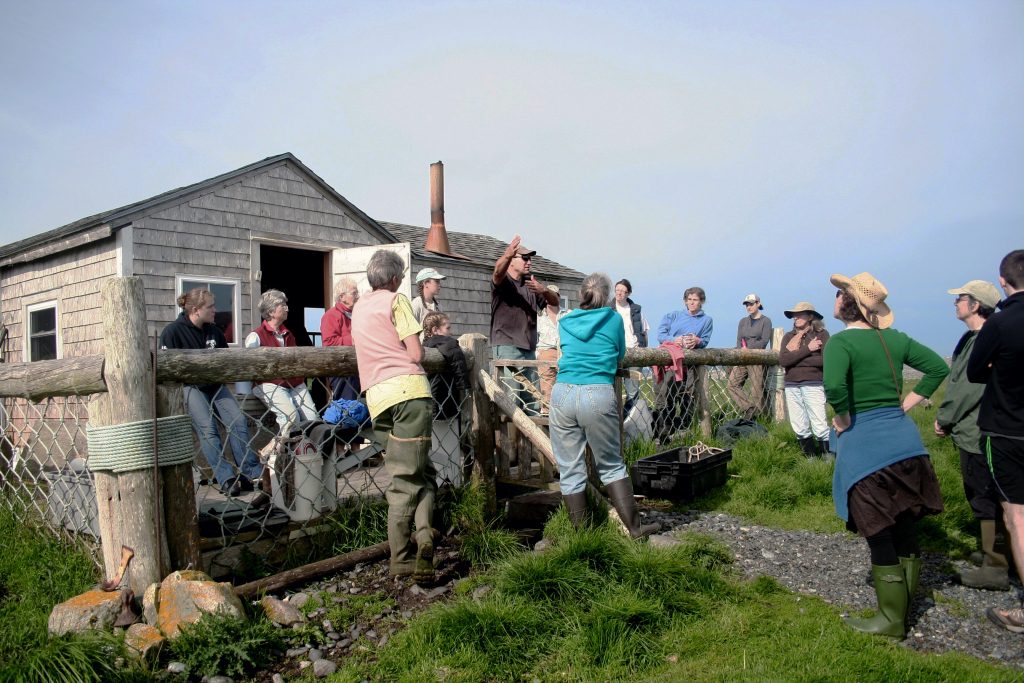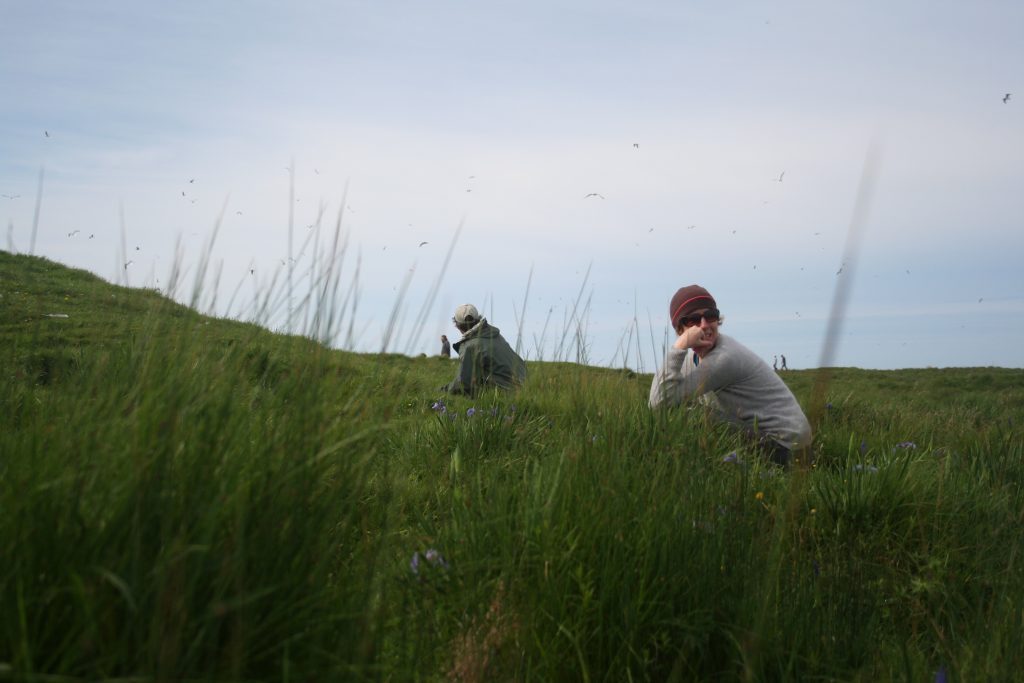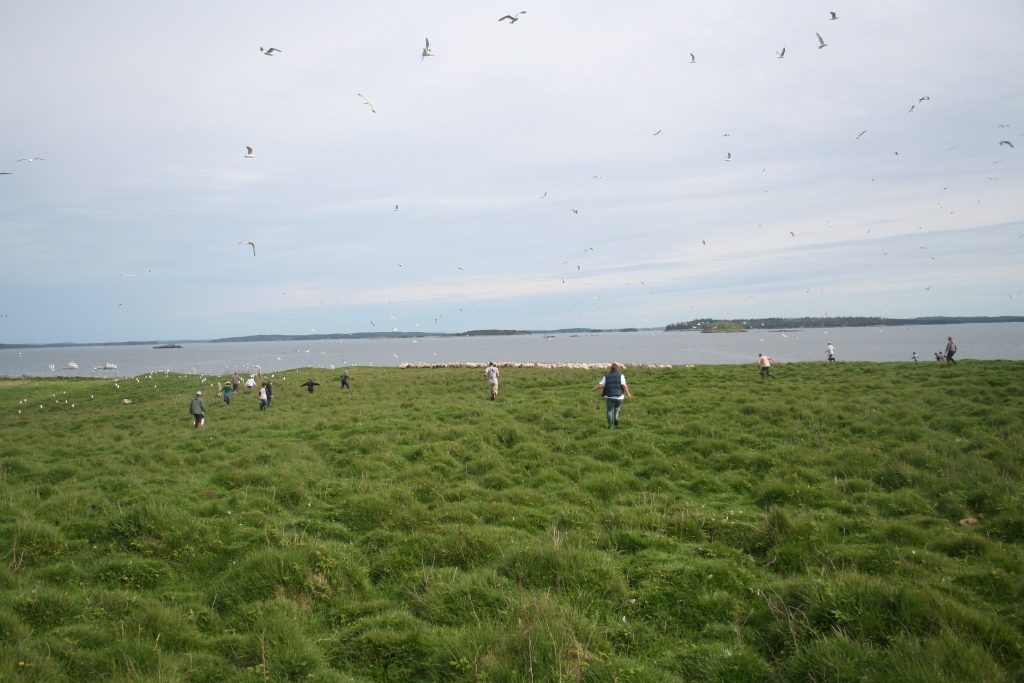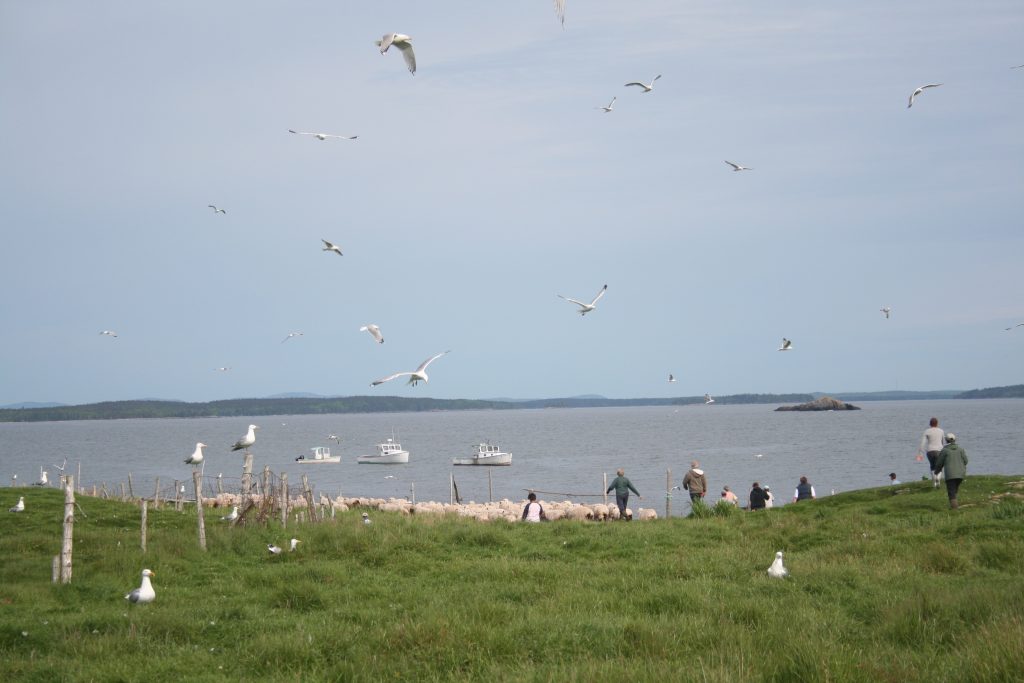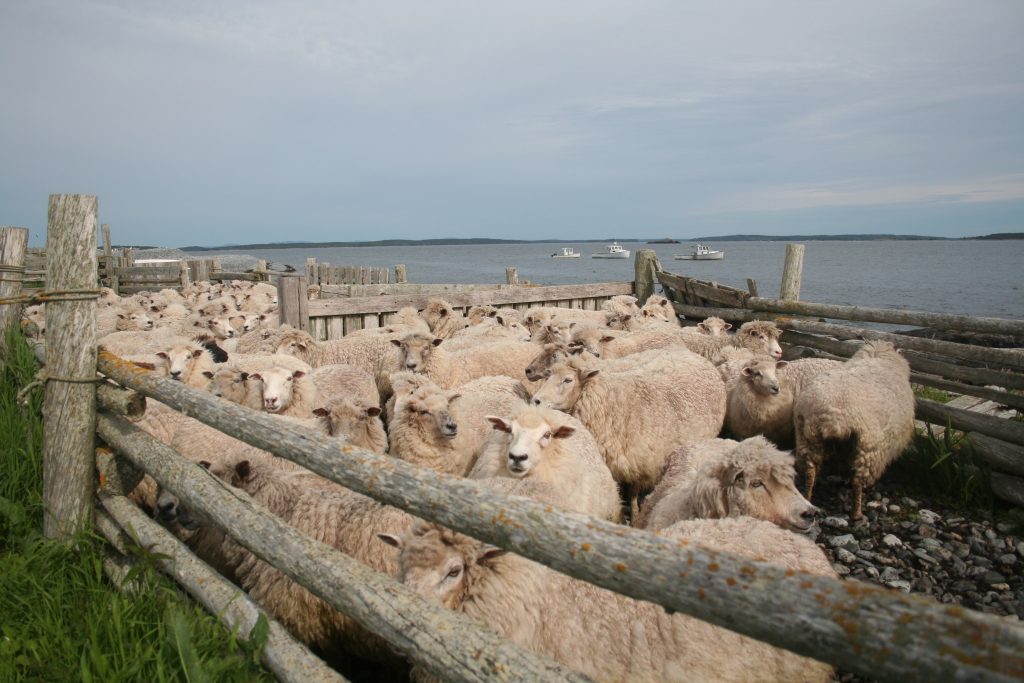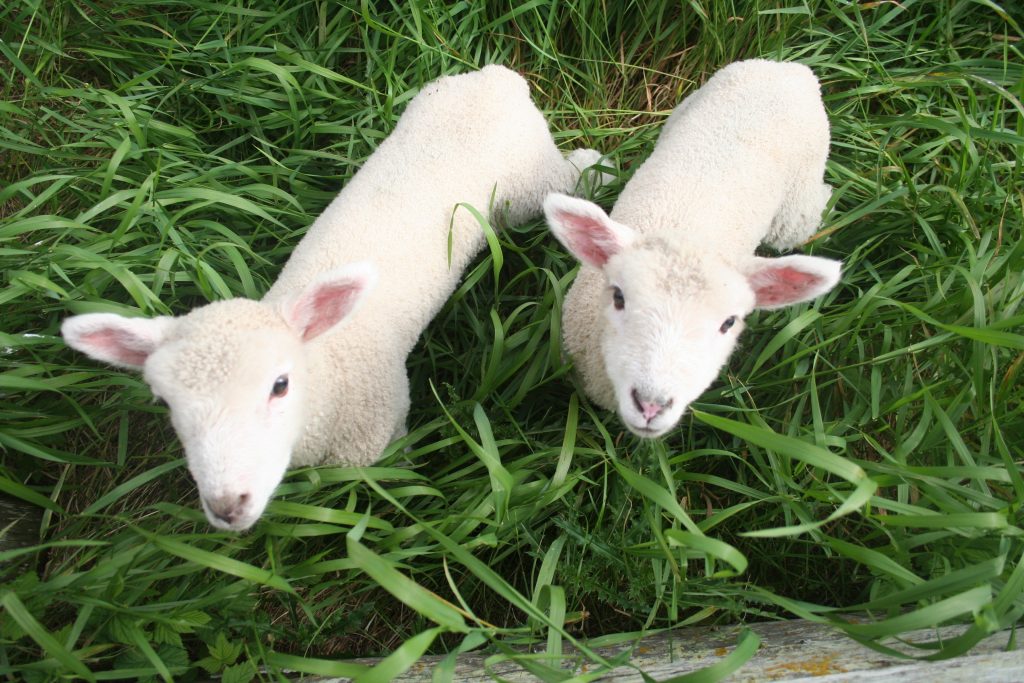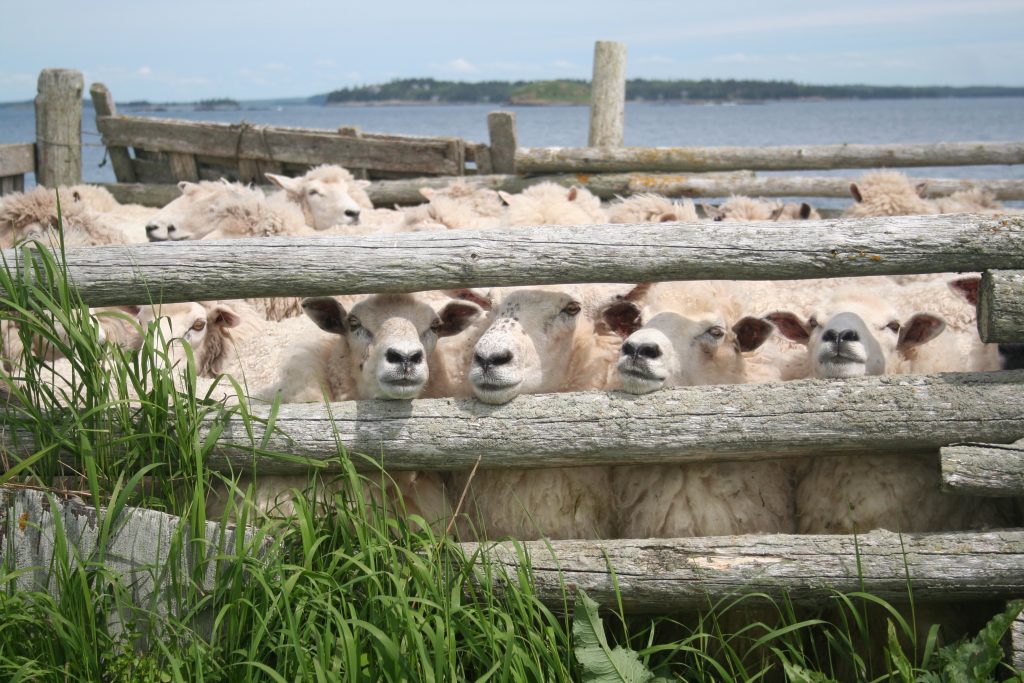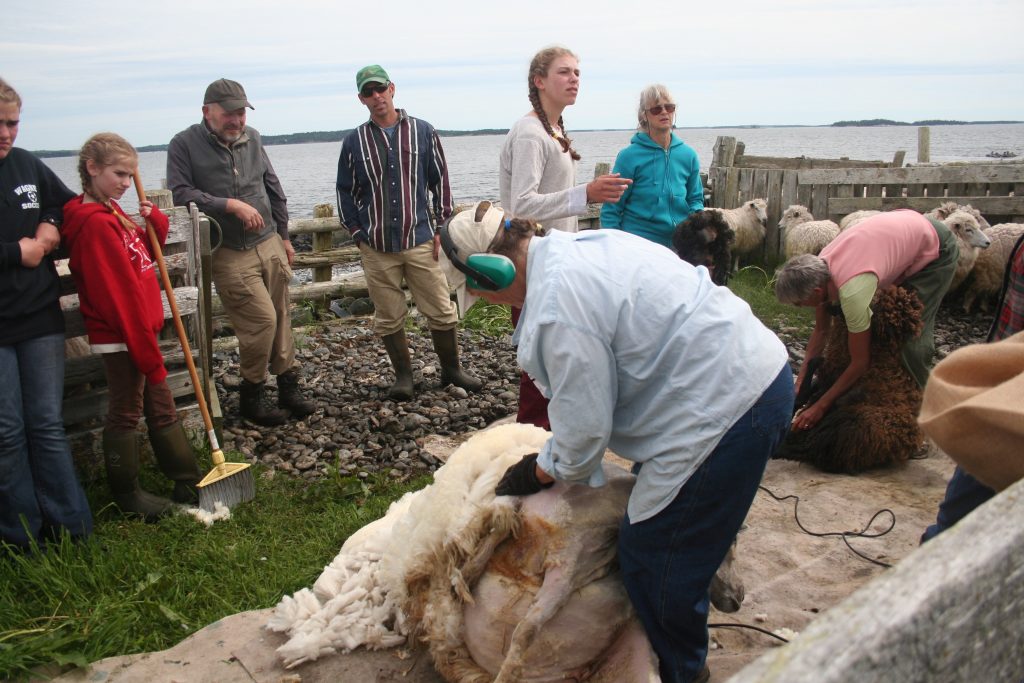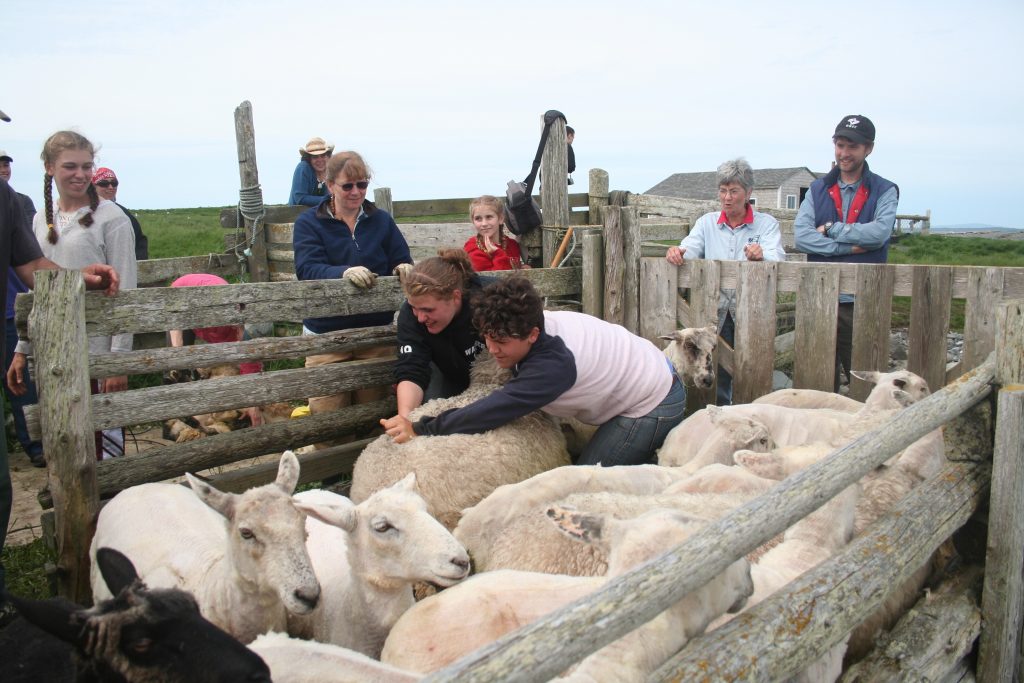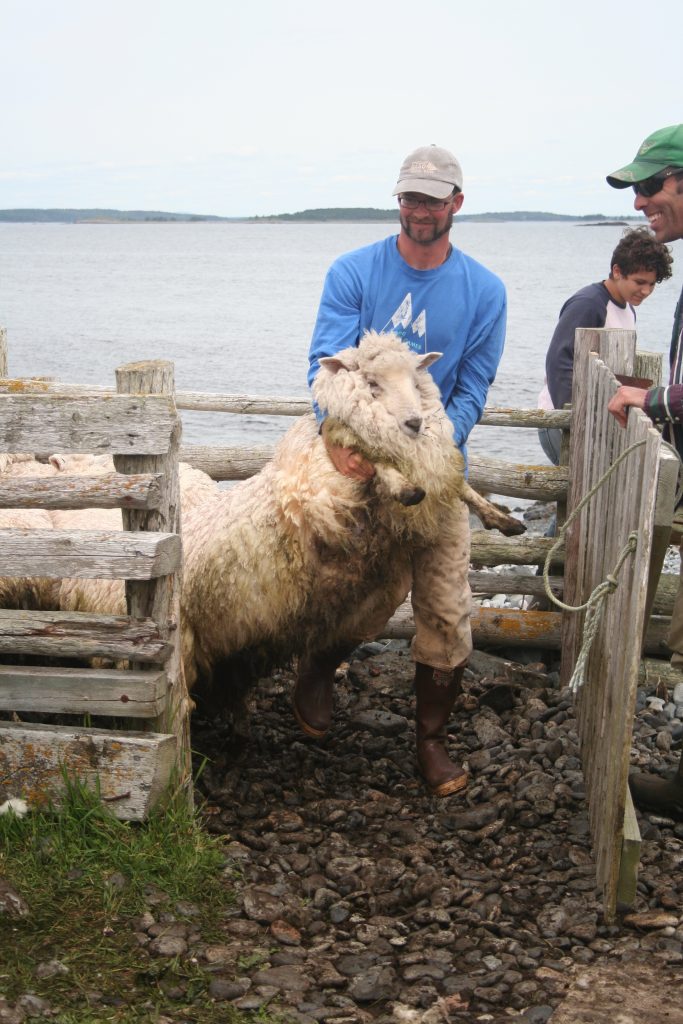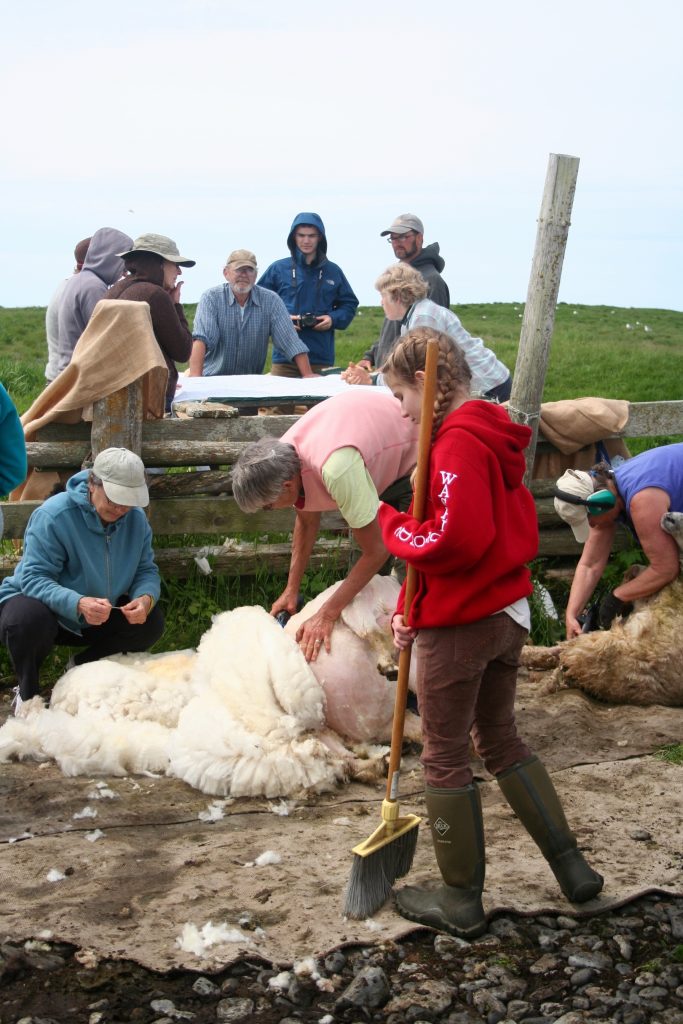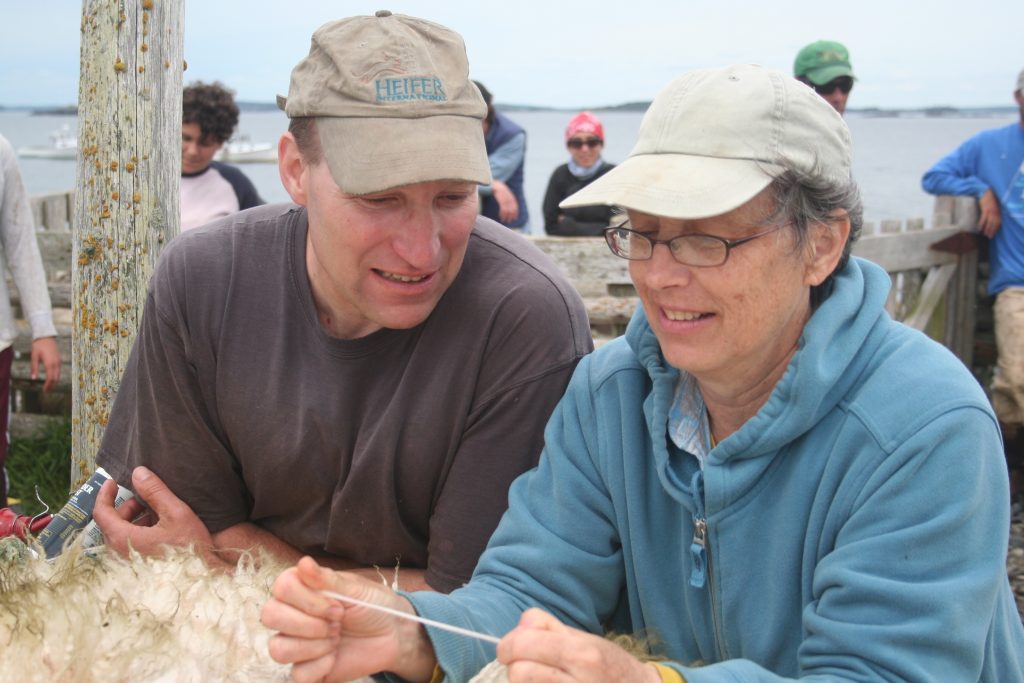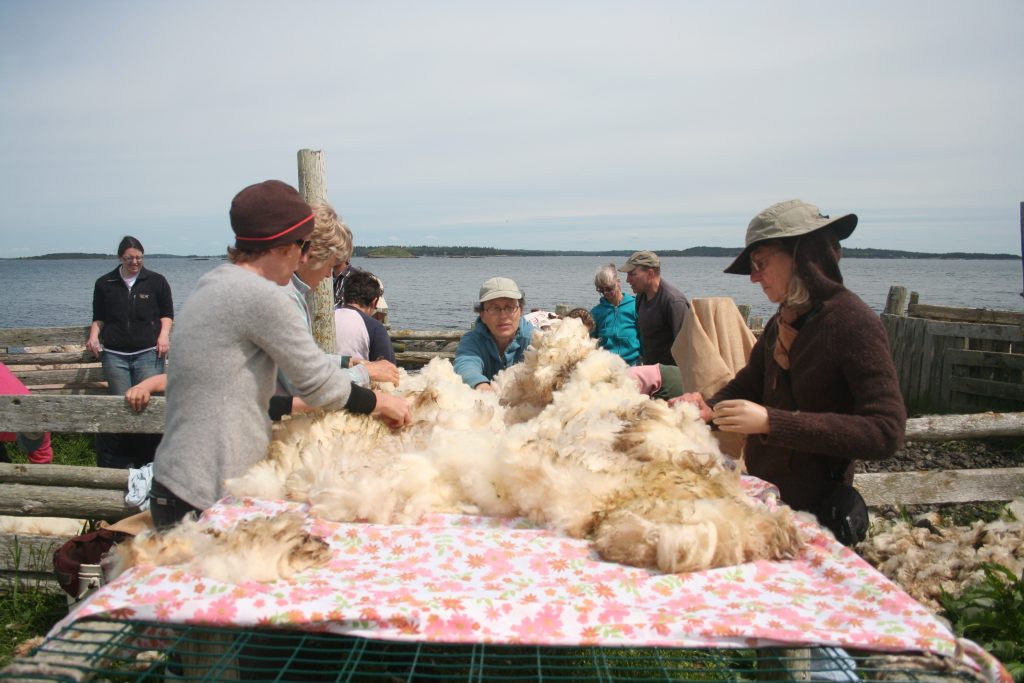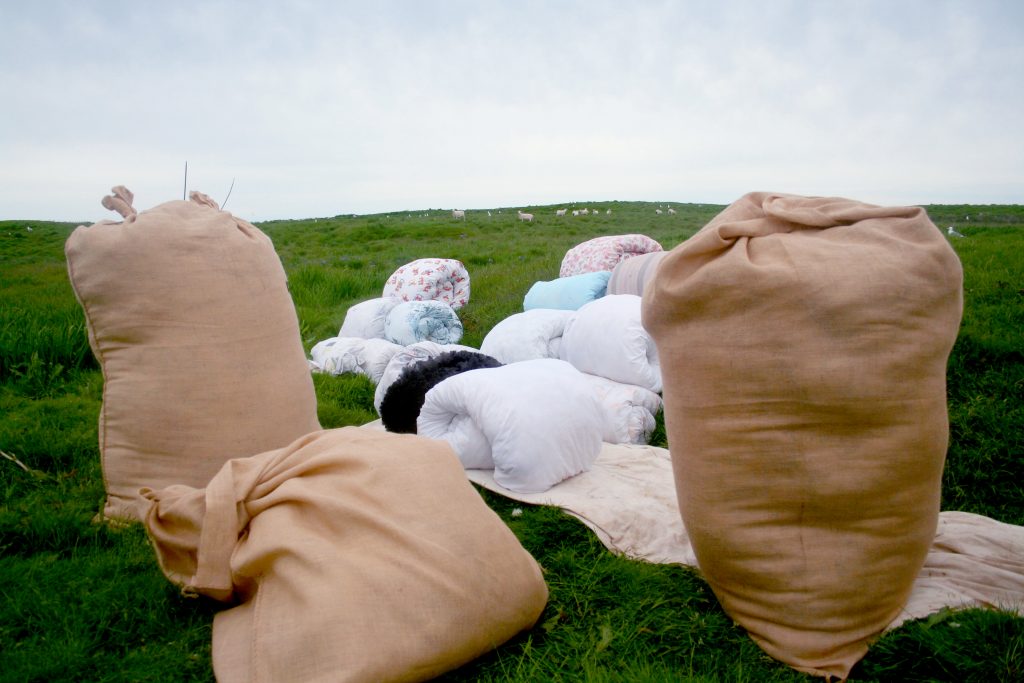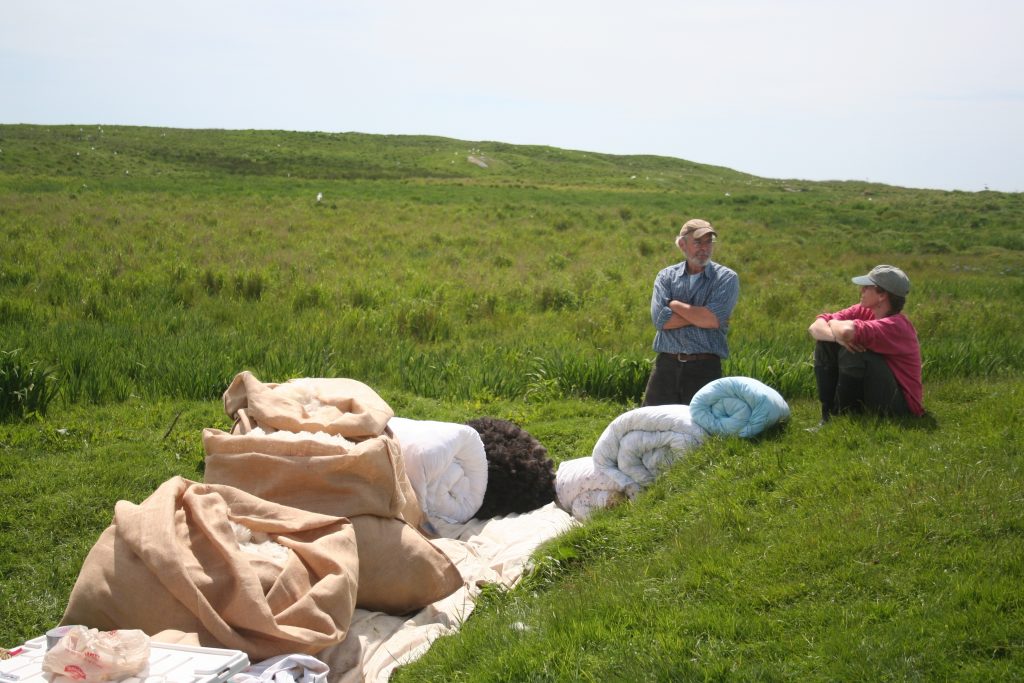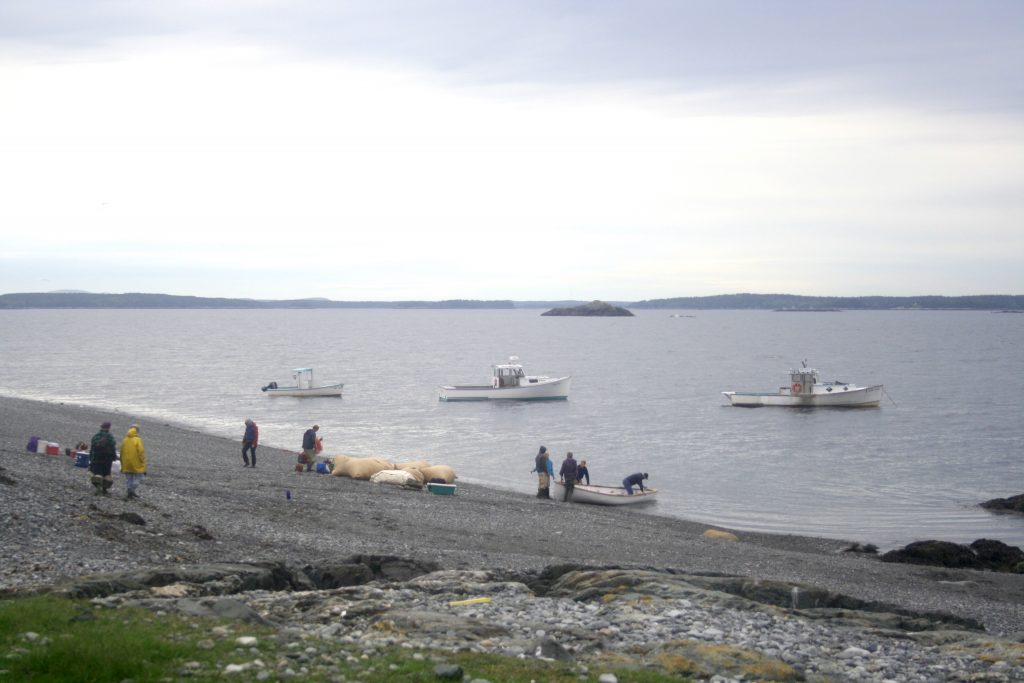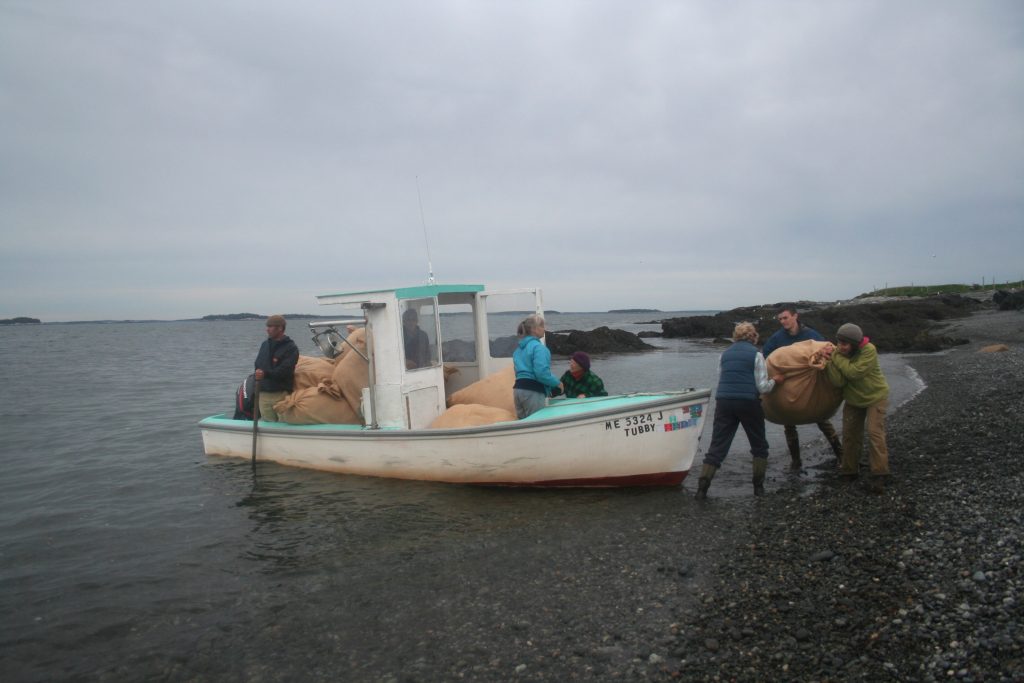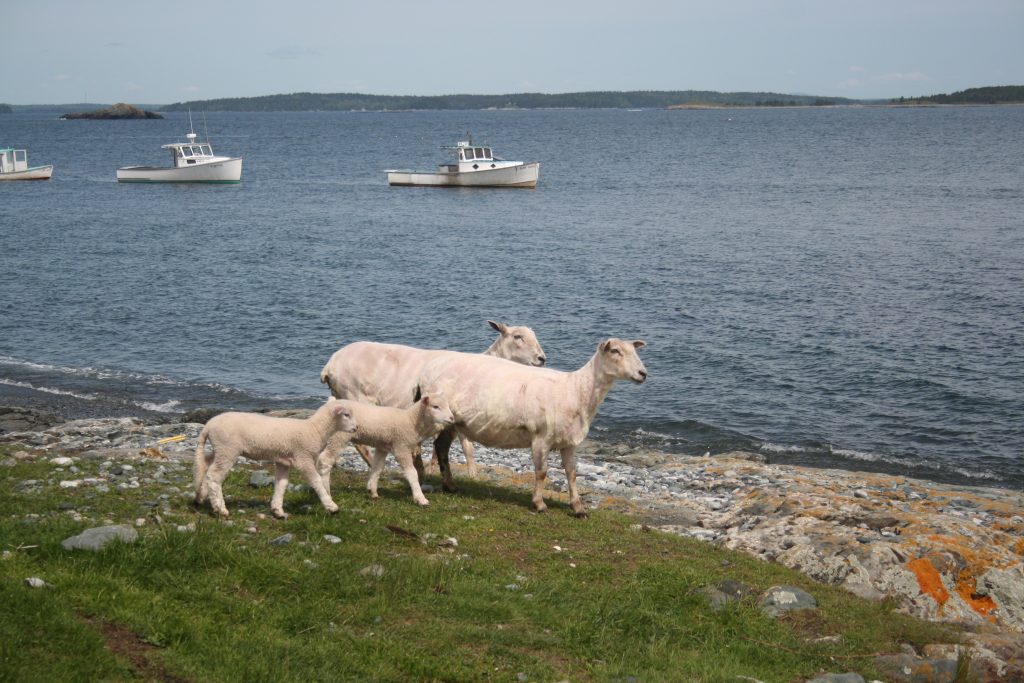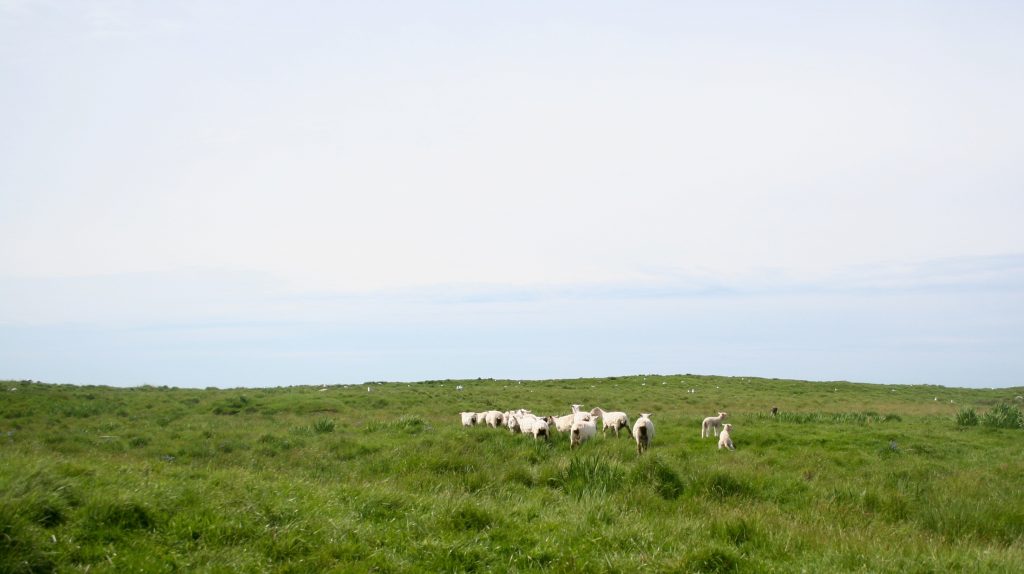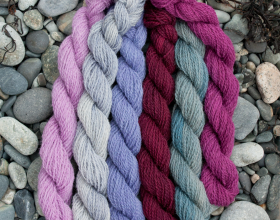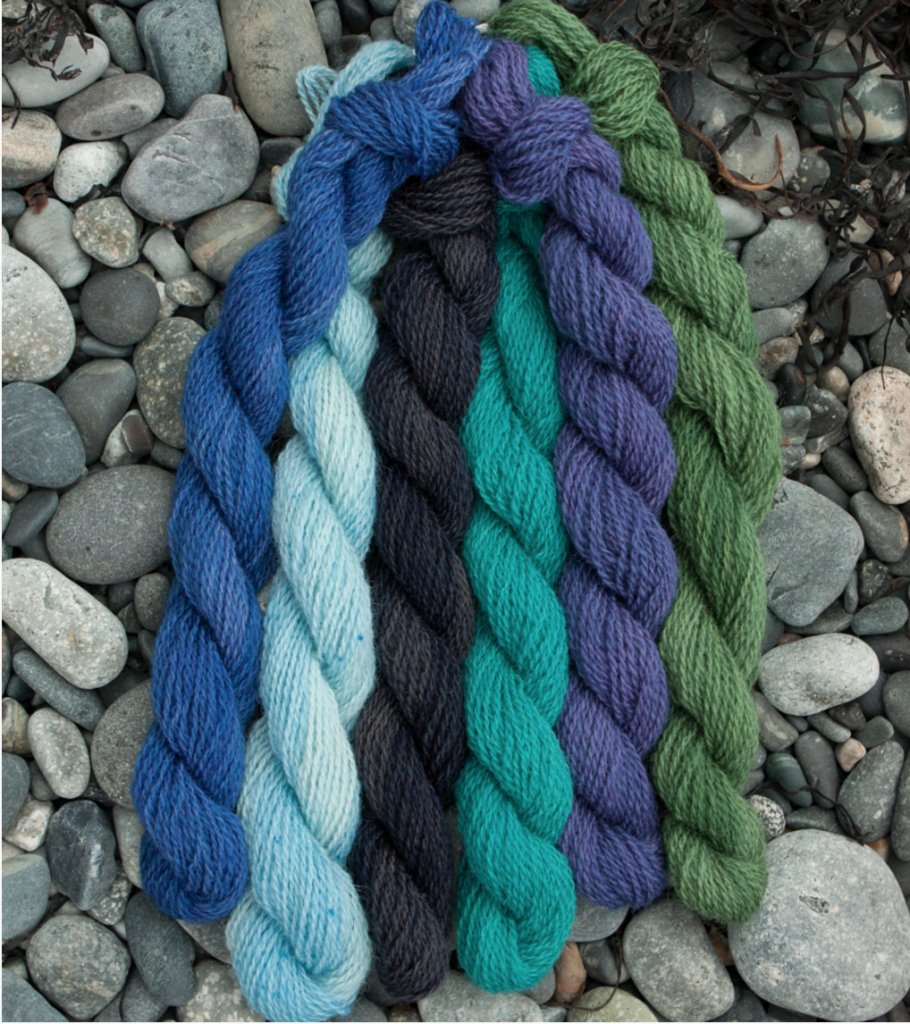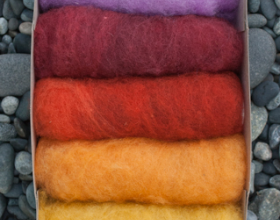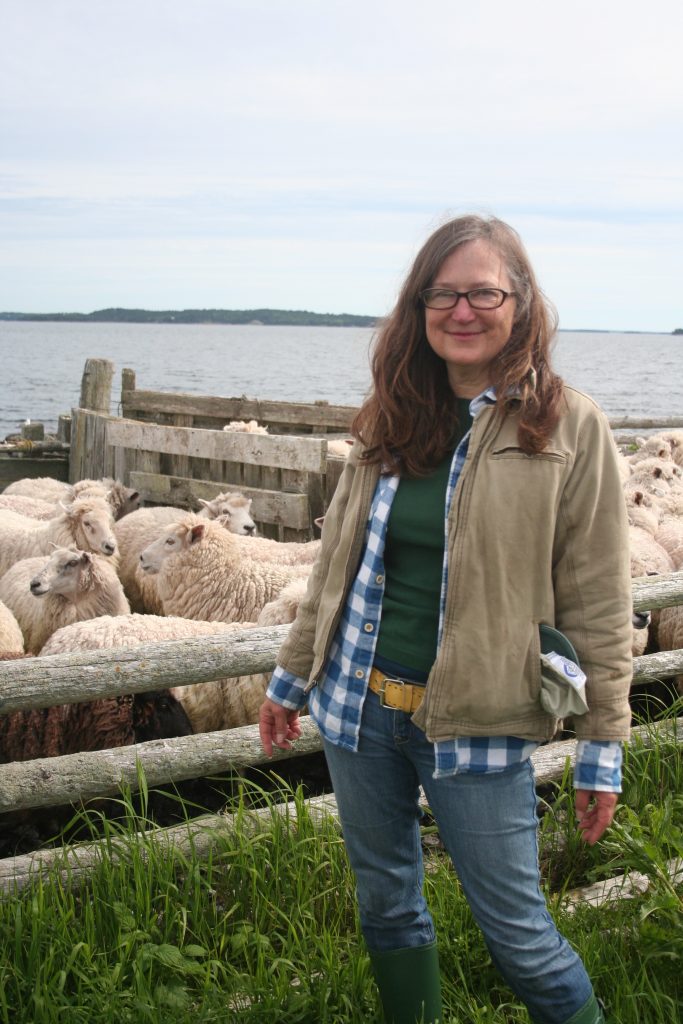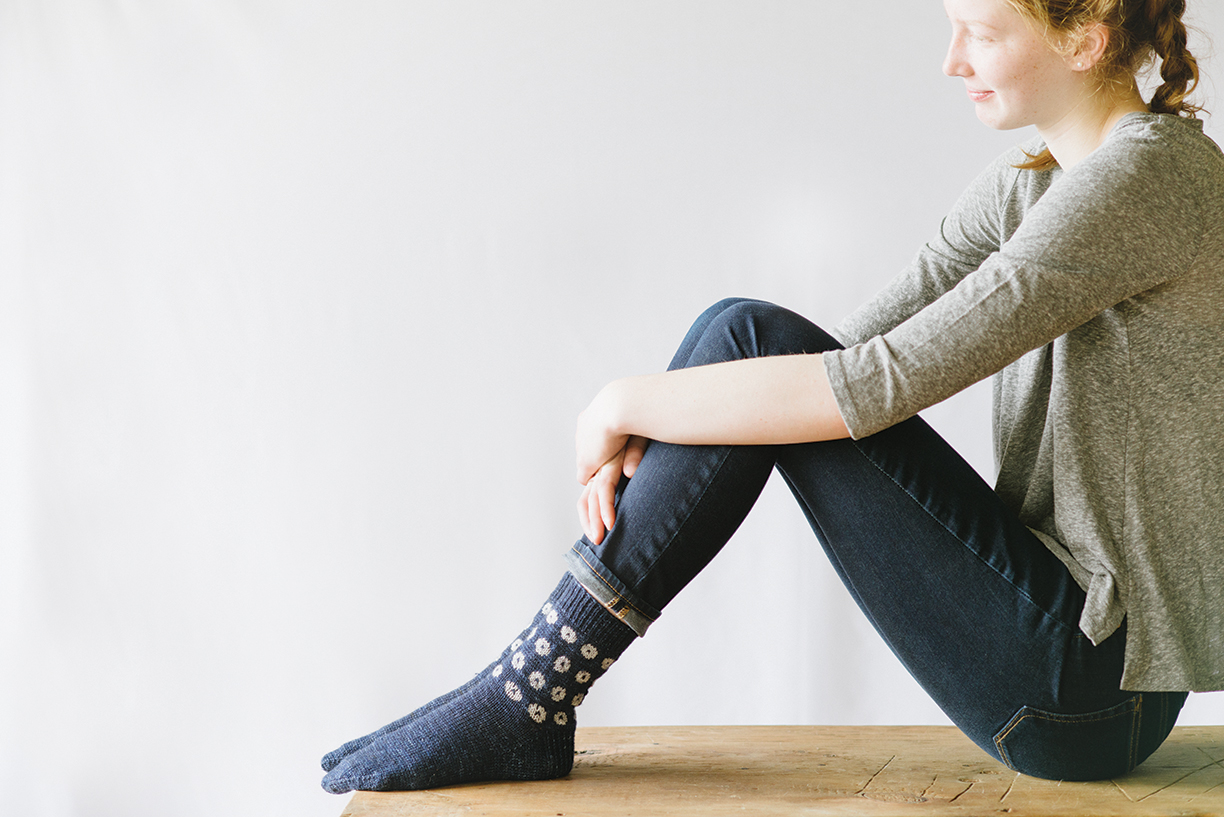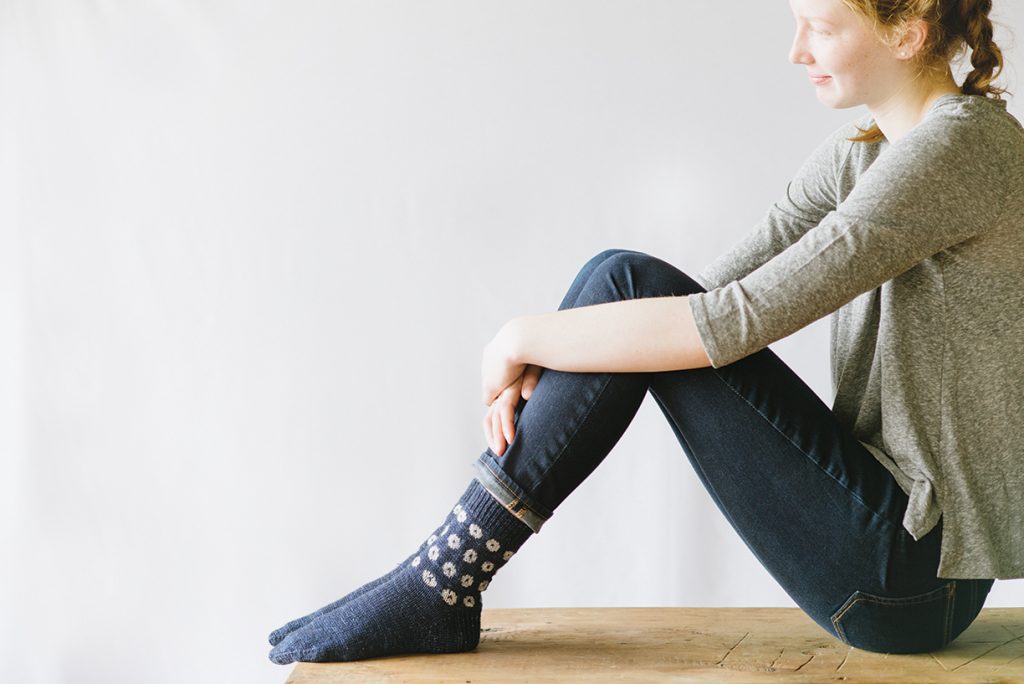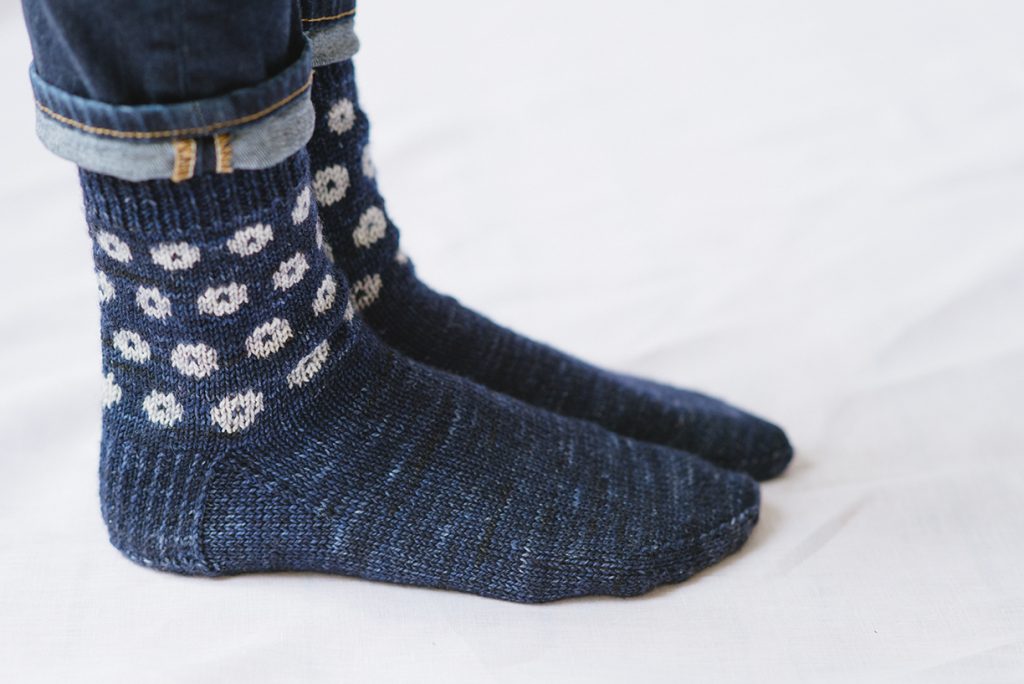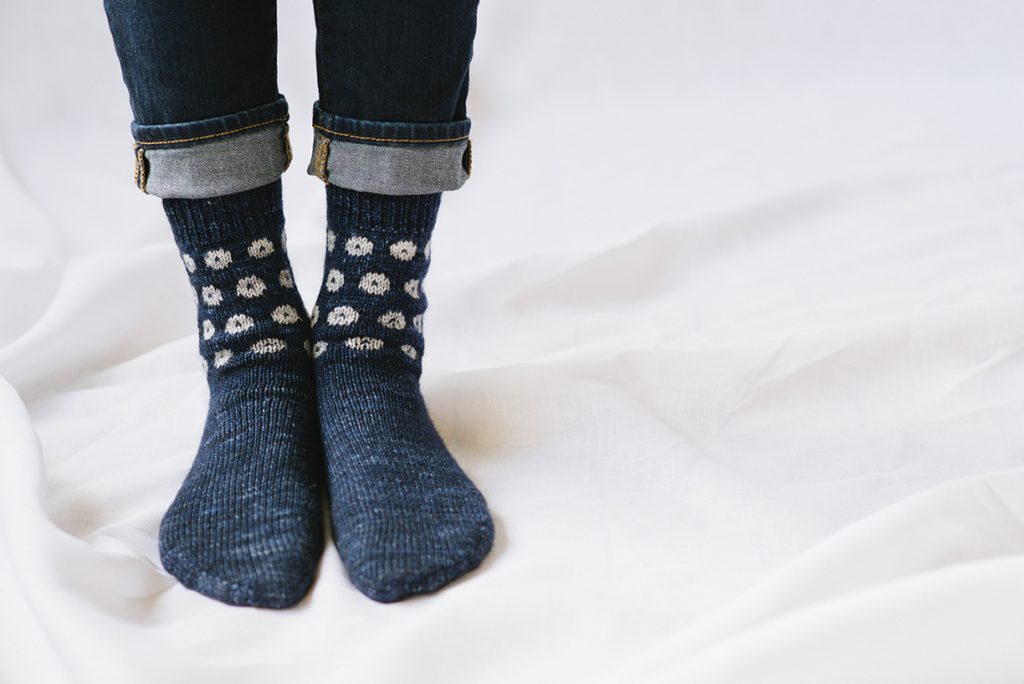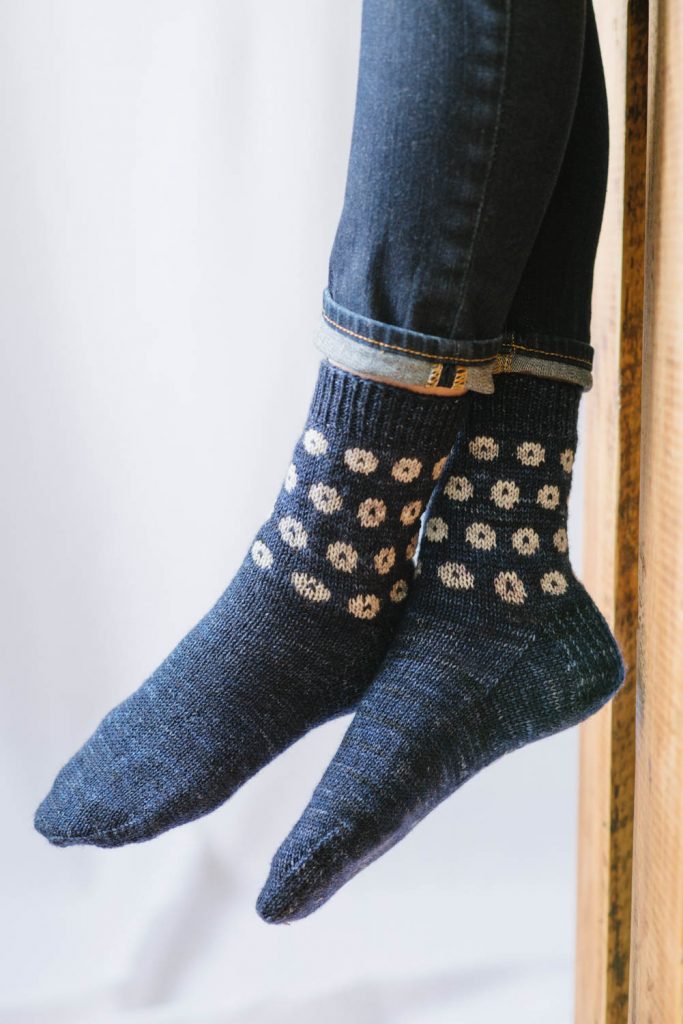My new book Fair Isle Weekend is available for preorder from the Laine Magazine Shop beginning Monday September 28, 2020.
I’m thrilled it’s finally happening! The book will be released November 6th in English and in Finnish. You can order it to be shipped from Finland, or ask for it at your local yarn shop.
The idea blossomed on my first visit to the isle when I decided I needed to bring more appropriate gear, and realized that Fair Isle knitted garments really are the most practical. When flying in the small 8 seater propeller plane, baggage is limited by weight, so you can’t bring much! Fair Isle garments are both lightweight and warm, not to mention beautiful!
I designed a small collection suitable for beginners and old hands alike. I hope to have honored the traditions of Fair Isle’s knitting while retaining my own unique style!
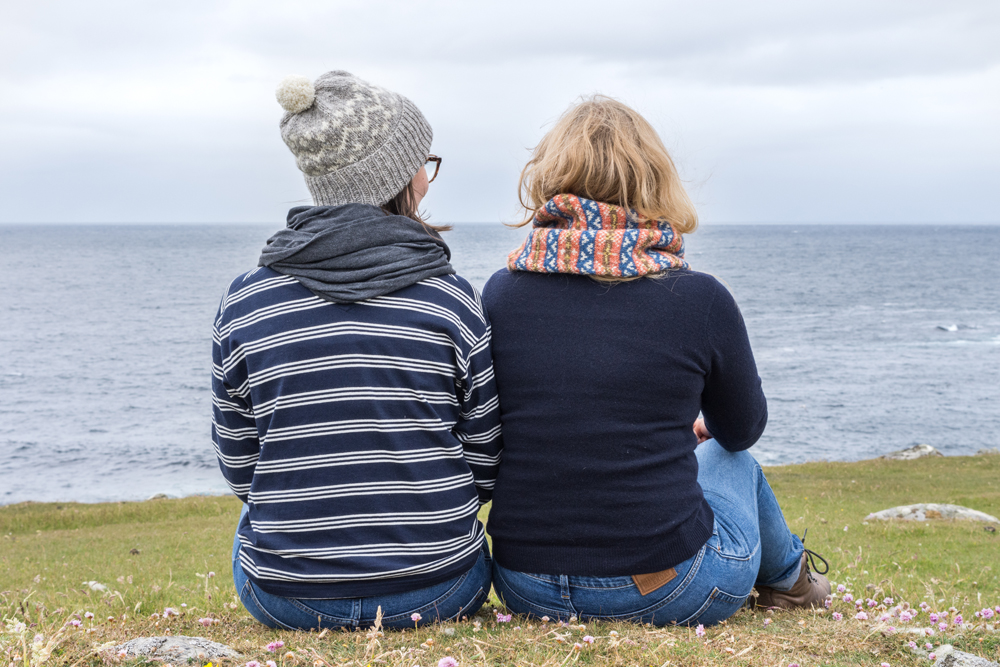
So come traveling with me to Fair Isle! I’ll show you around with my visitors perspective! Fair Isle lass, artist Vivian Ross-Smith and her best friend designer Ella Gordon are our models, photographer Jeni Reid is behind the lens and there’s a few more of us unseen in the background, so you’ll fit right in!
Additional photography was done in Maine by Greta Rybus and Jonna Hietala in Finland.
Stay tuned to my instagram feed, where I’ll continue to show sneak peaks and behind the scene shots! I’m @mjmucklestone
Huge thanks go to the folk who live on Fair Isle, who have always been kind and welcoming, and Laine Publishing for making it happen.
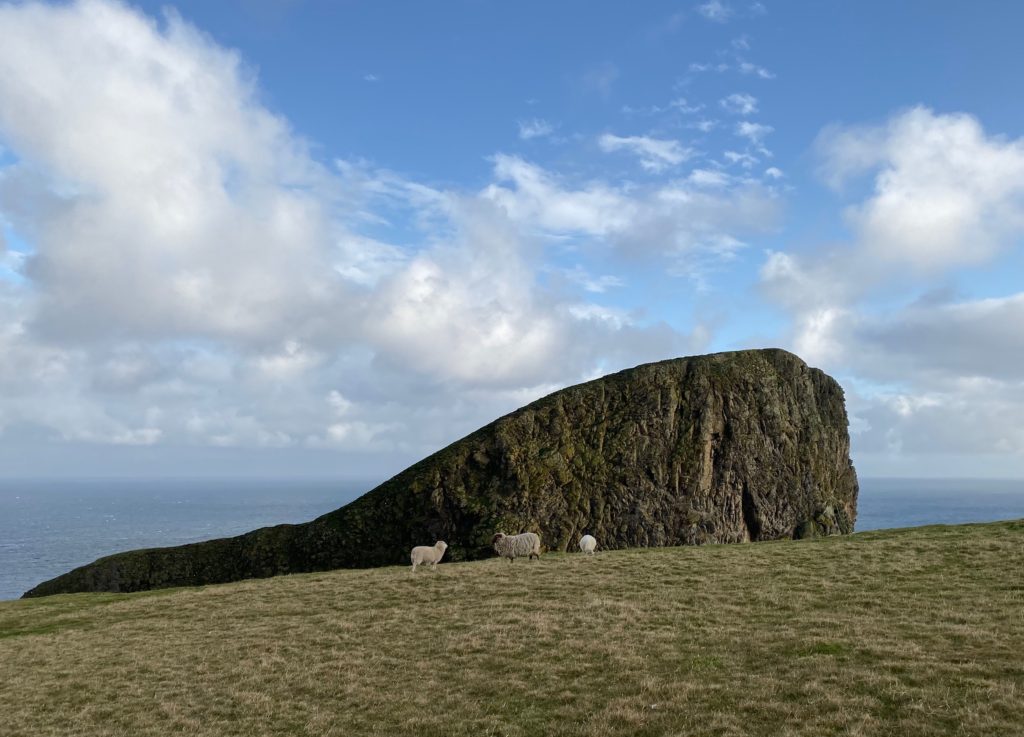
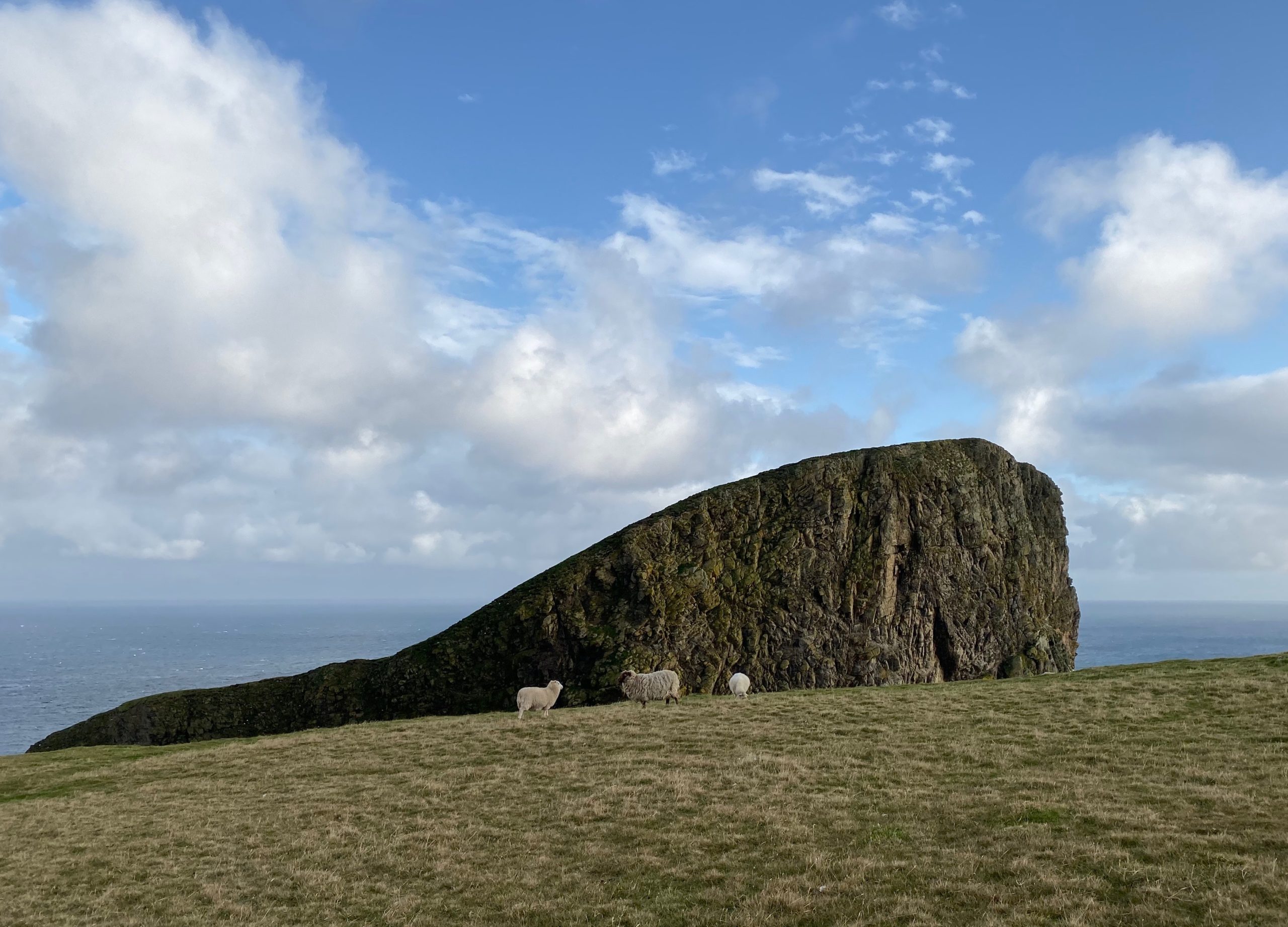
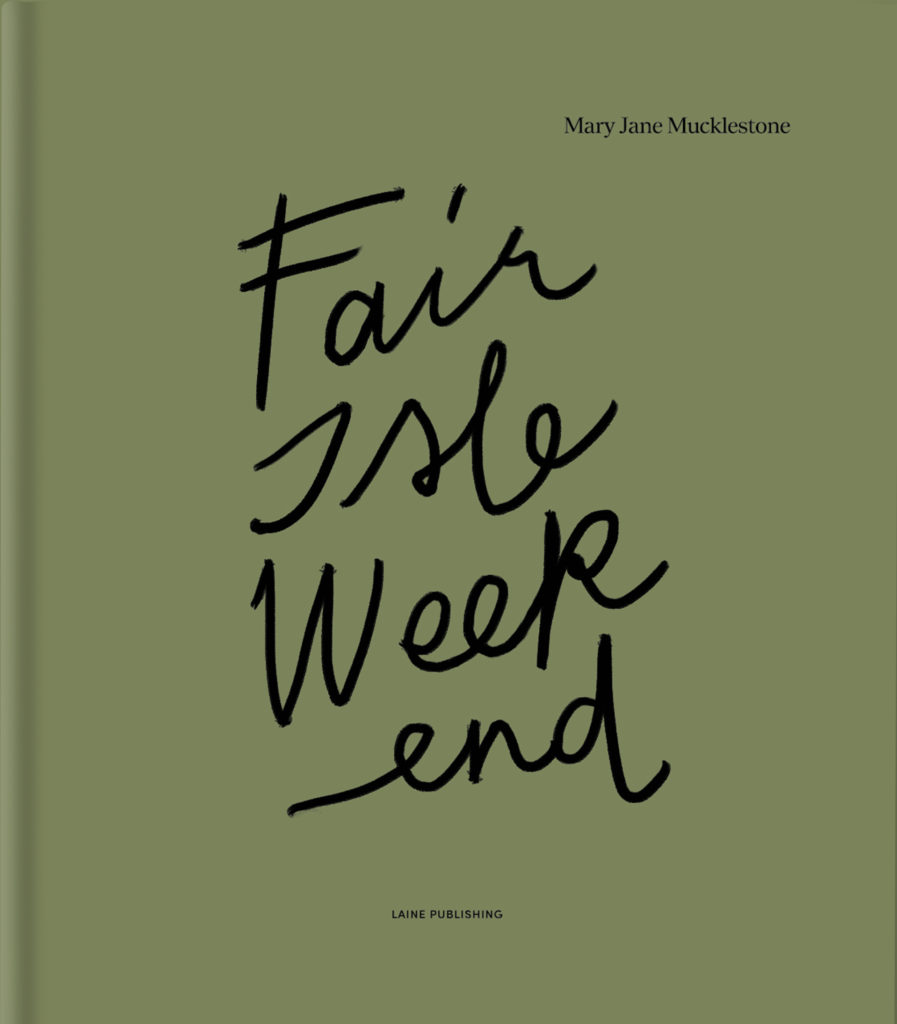

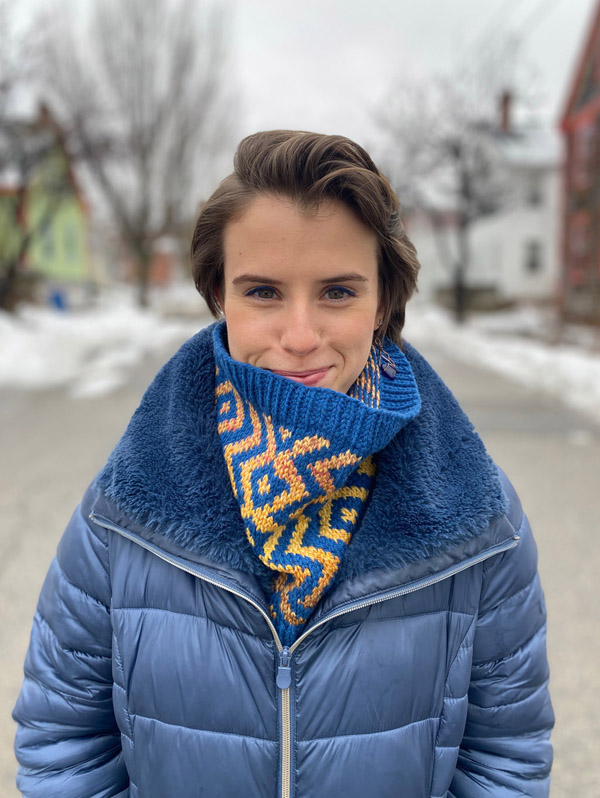
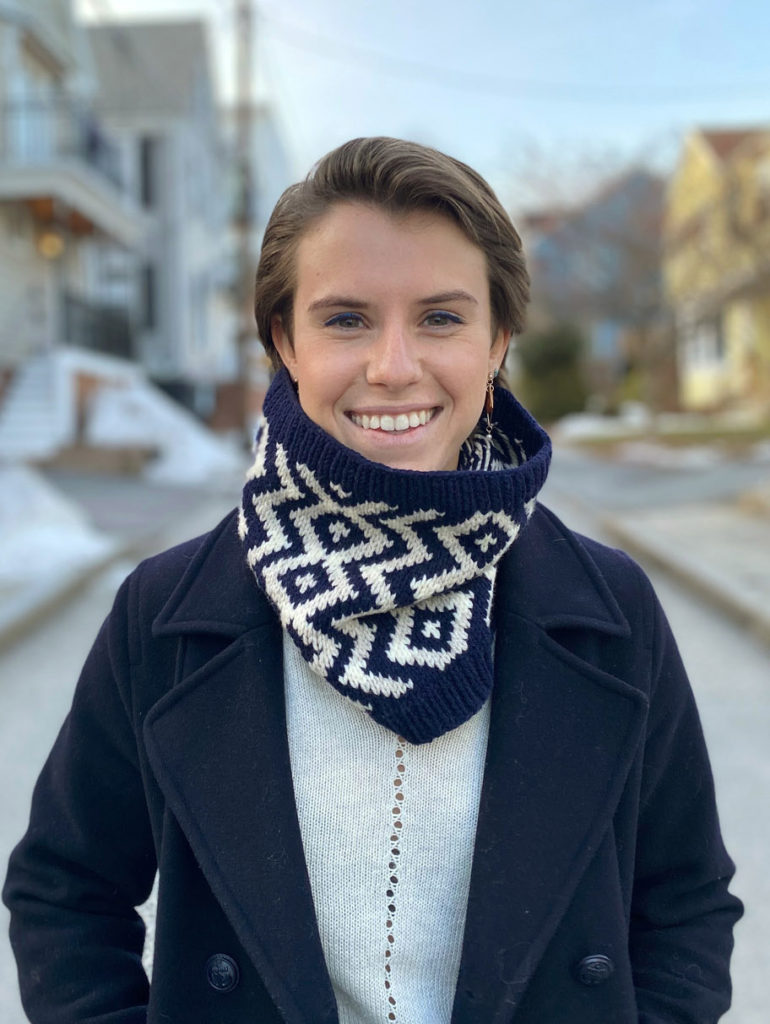
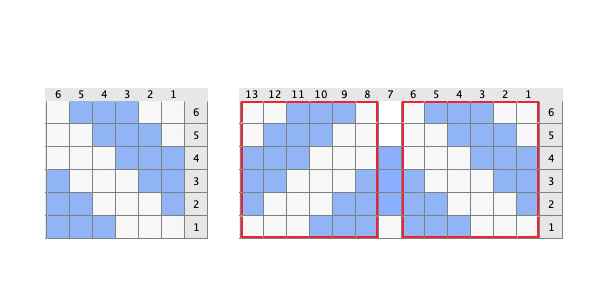
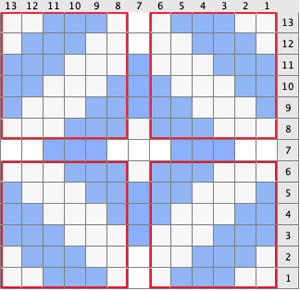
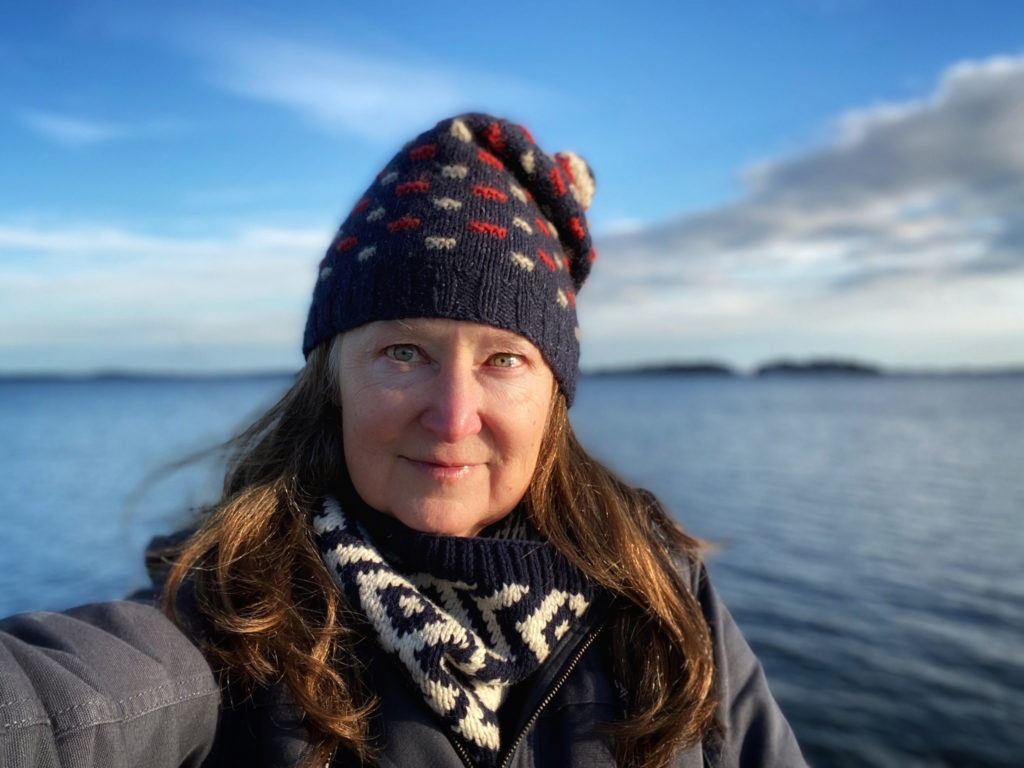
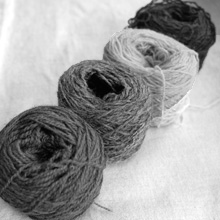
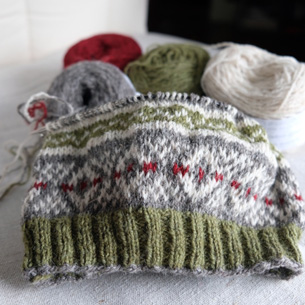
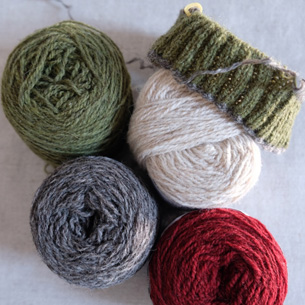
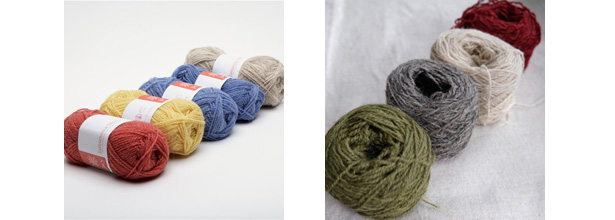
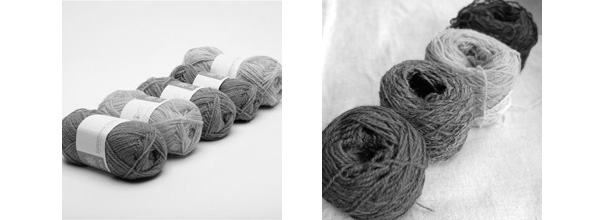
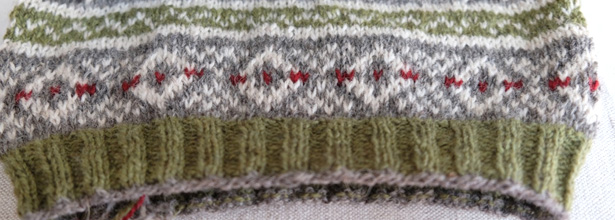
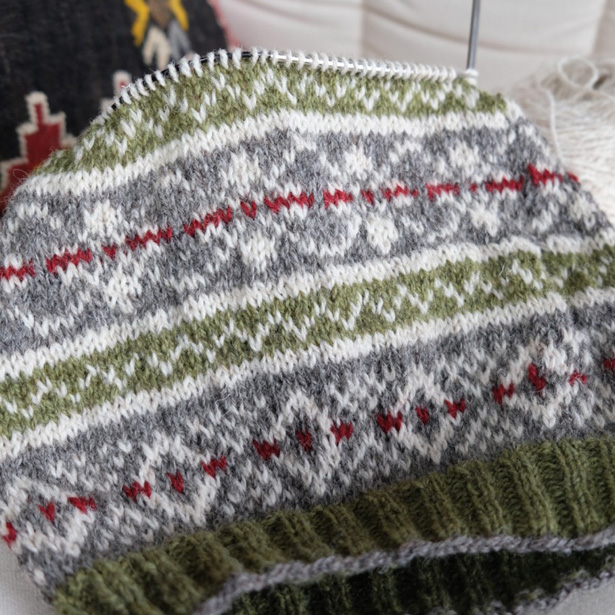
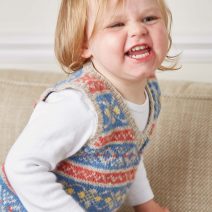
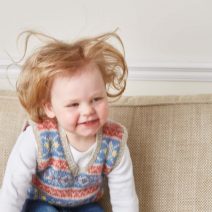
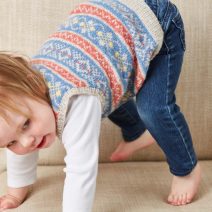


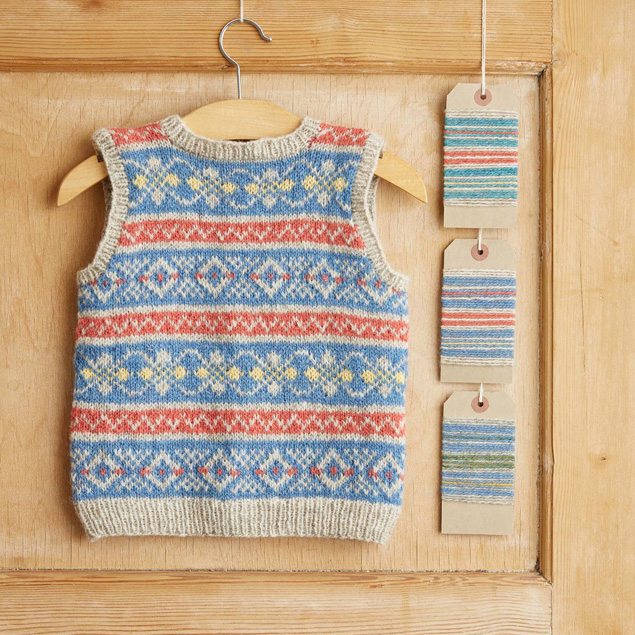
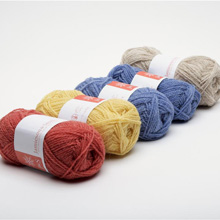
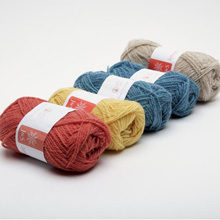
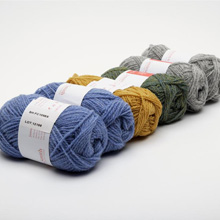 Original (left), Different Blue (middle), Muted (right)
Original (left), Different Blue (middle), Muted (right)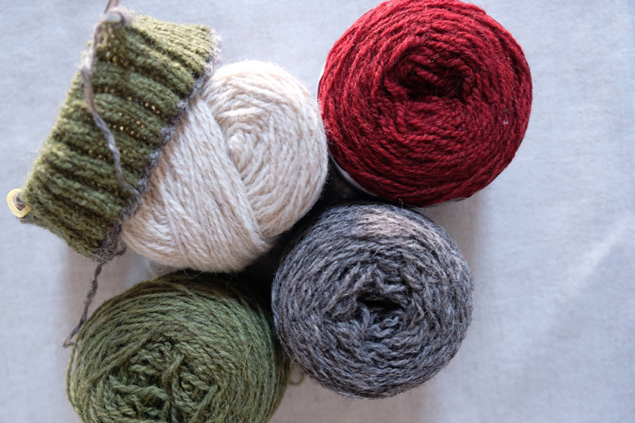 Uradale Yarns 100% Organic Shetland Wool
Uradale Yarns 100% Organic Shetland Wool